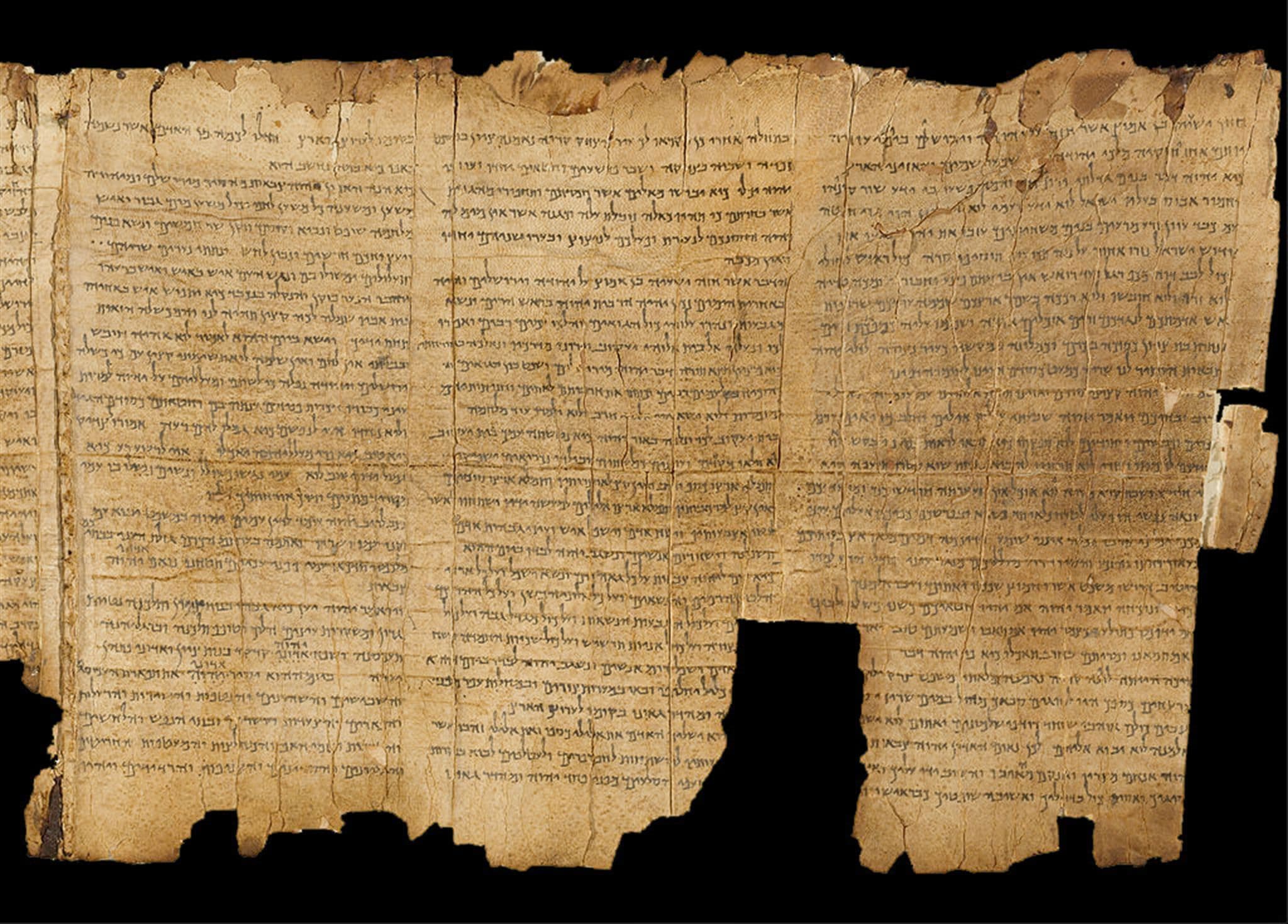Evidence #120 | December 15, 2020
Book of Mormon Evidence: Offering Sacrifices Outside of Jerusalem
Post contributed by
Scripture Central

Abstract
The Book of Mormon’s description of Lehi offering sacrifices after his family traveled for three days into the wilderness may signal that his offering complied with laws or customs regarding temple worship in his day.A Three-day Journey Followed by an Offering
After Lehi’s family fled from Jerusalem, they traveled south until they reached the “borders near the shore of the Red Sea” (1 Nephi 2:5). Nephi then reported:
And it came to pass that when he had traveled three days in the wilderness, he pitched his tent in a valley by the side of a river of water. And it came to pass that he built an altar of stones, and made an offering unto the Lord, and gave thanks unto the Lord our God. (1 Nephi 2:6–7; emphasis added)
Ancient Israelites, from the founding patriarchs down the time of King Josiah, offered sacrifices in a variety of locations—on mountain tops, in the mobile tabernacle, in temples, and at sacred cities and shrines scattered throughout Israel.1 Yet during Josiah’s reforms, it appears that Israelite temple worship was confined to the temple at Jerusalem, apparently based on a stricter interpretation of Deuteronomy 12 than had previously held sway.2
The Legality of Lehi’s Offering
Under Josiah’s centralized temple worship, it might be assumed that Israelites would not have been permitted to offer sacrifice anywhere except the temple in Jerusalem. While several different scenarios can possibly explain Lehi’s offering at the Valley of Lemuel,3 one intriguing explanation has to do with the Book of Mormon’s mention of Lehi’s three-day journey into the wilderness. An important Dead Sea Scrolls document, known as the Temple Scroll, states:
You shall not slaughter a clean ox or sheep or goat in all your towns, near to my temple (within) a distance of a three days’ journey; nay, but inside my temple you shall slaughter it, making it a burnt offering or a peace offering, and you shall eat and rejoice before me at the place on which I shall choo{se} to put my name.” (11QT 52:13–16; emphasis added)4
As pointed out by Aharon Shemesh, ancient rabbinical sources suggest that the concept of a three-day journey (as stated in the above temple text) was “an idiom to describe the territorial, boundaries of the land of Israel. Consequently, more than three-days’ journey means outside the country.”5 Commenting on the meaning of the passage from the Temple Scroll in light of Shemesh’s analysis, David Rolph Seely argues:
Whether this passage is interpreted to mean that there should be no sacrificial slaughter in Israel except at the temple or that secular slaughter was allowed in Israel, it is clear that an ancient interpretation limited the application of Deuteronomy 12 to a geographical area established by the distance of a three days’ journey from Jerusalem—an area that roughly coincided with the boundaries of Israel.6
Conclusion
When viewed in this context, Nephi’s description of a three-day journey can take on new meaning. More than simply being an accurate report about travel distances, it may offer subtle confirmation that Lehi’s sacrificial offering was in keeping with ancient Israelite law or custom—specifically the prohibition against offering sacrifices within a three-day journey of the temple. Although Lehi’s family had already traveled well beyond the required three days from Jerusalem before they began their additional three-day journey into the wilderness,7 Nephi’s description can still be seen as confirming, without question, the validity and appropriateness of Lehi’s offering.8
Book of Mormon Central, “How Could Lehi Offer Sacrifices Outside Jerusalem?” KnoWhy 9 (January 12, 2016).
David Rolph Seely, “Lehi’s Altar and Sacrifice in the Wilderness,” Journal of Book of Mormon Studies 10, no. 1 (2001): 62–69, 80.
- 1. See David Rolph Seely, “Lehi’s Altar and Sacrifice in the Wilderness,” Journal of Book of Mormon Studies 10, no. 1 (2001): 65.
- 2. See Seely, “Lehi’s Altar and Sacrifice in the Wilderness,” 65–66.
- 3. See Seely, “Lehi’s Altar and Sacrifice in the Wilderness,” 65–66.
- 4. See Seely, “Lehi’s Altar and Sacrifice in the Wilderness,” 68; citing Translations of the Temple Scroll from Yigael Yadin, The Temple Scroll (Jerusalem: Israel Exploration Society, 1983).
- 5. Aharon Shemesh, “‘Three-Days’ Journey from the Temple’: The Use of This Expression in the Temple Scroll,” Dead Sea Discoveries 6, no. 2 (1999): 127.
- 6. See Seely, “Lehi’s Altar and Sacrifice in the Wilderness,” 69.
- 7. The distance between Jerusalem and the northernmost tip of the eastern channel of the Red Sea is approximately 153 air miles (measured using Google Maps), and daily travel in the Arabian deserts in antiquity typically ranged between 15–25 miles per day. See S. Kent Brown, “New Light From Arabia on Lehi’s Trail,” in Echoes and Evidences for the Book of Mormon, ed. Donald W. Parry, Daniel C. Peterson, and John W. Welch (Provo, UT: FARMS, 2002), 60. Because Lehi’s family wouldn’t have traveled in direct line to the Red Sea, it likely took them a week or more to reach that point, before then making an additional three-day journey into the wilderness. For analysis of the possible routes that Lehi’s family may have taken, see Warren P. Aston, “Into Arabia: Lehi and Sariah’s Escape from Jerusalem,” BYU Studies Quarterly 58, no. 4 (2019): 99–110.
- 8. See Seely, “Lehi’s Altar and Sacrifice in the Wilderness,” 69.